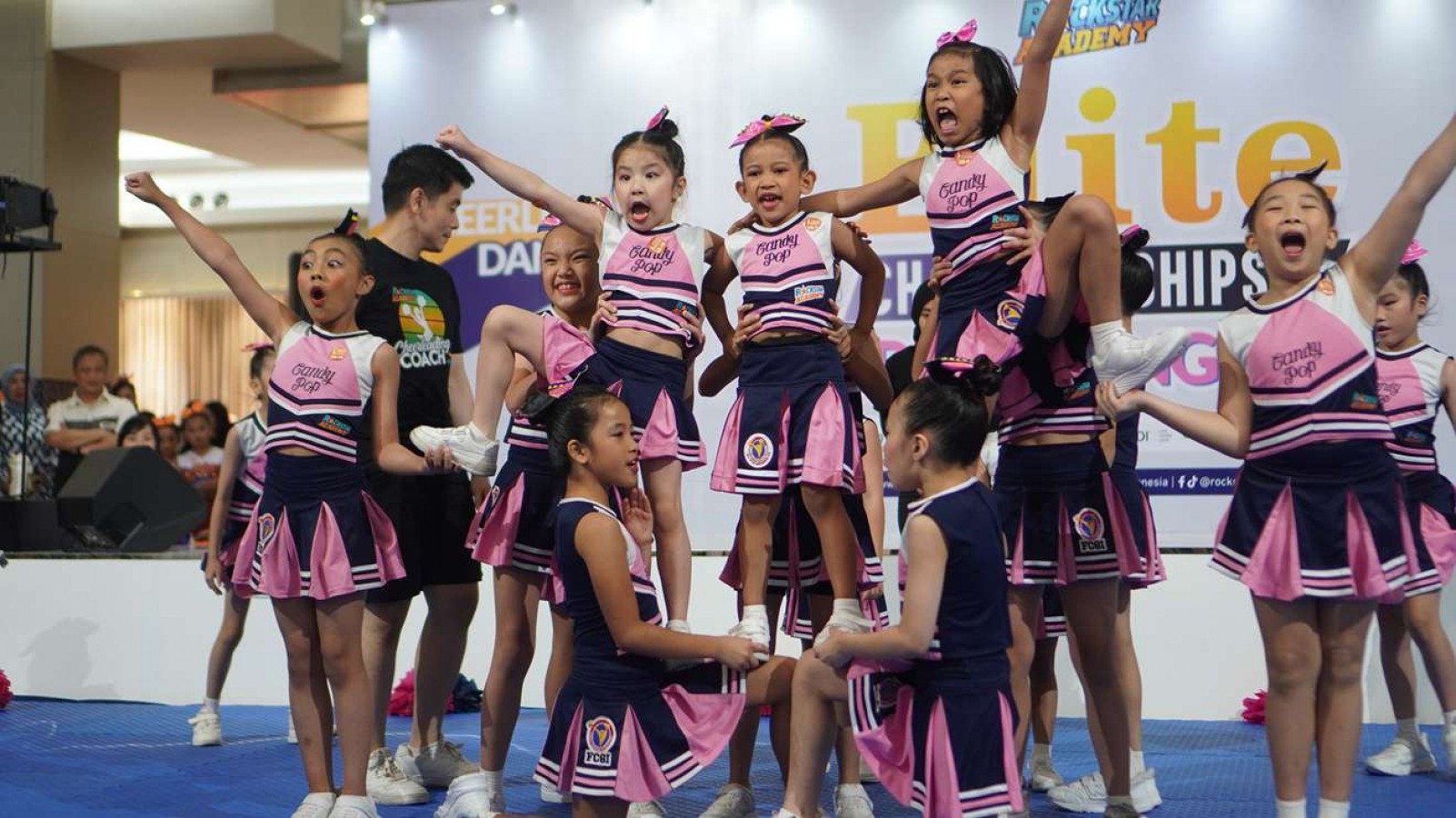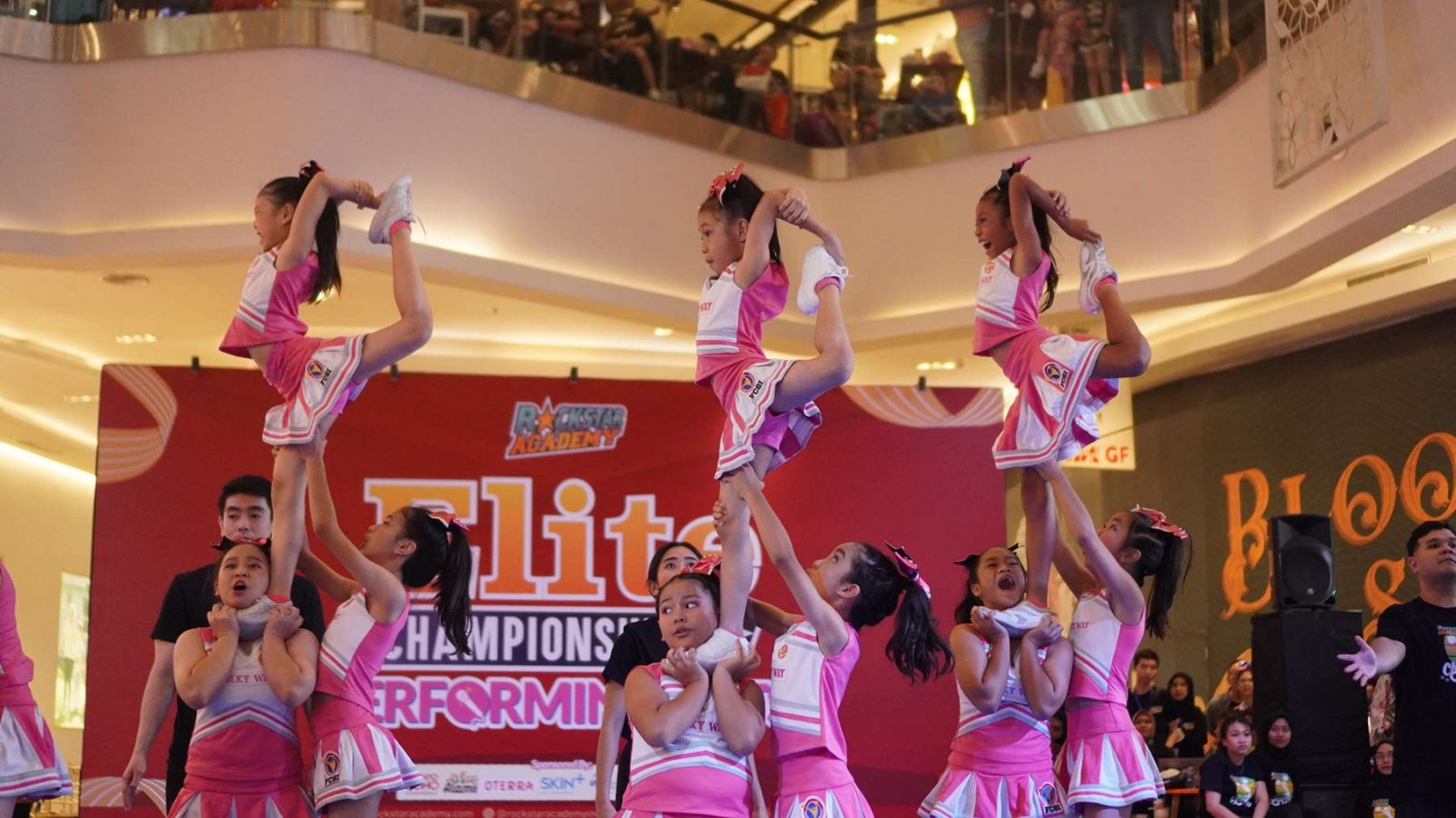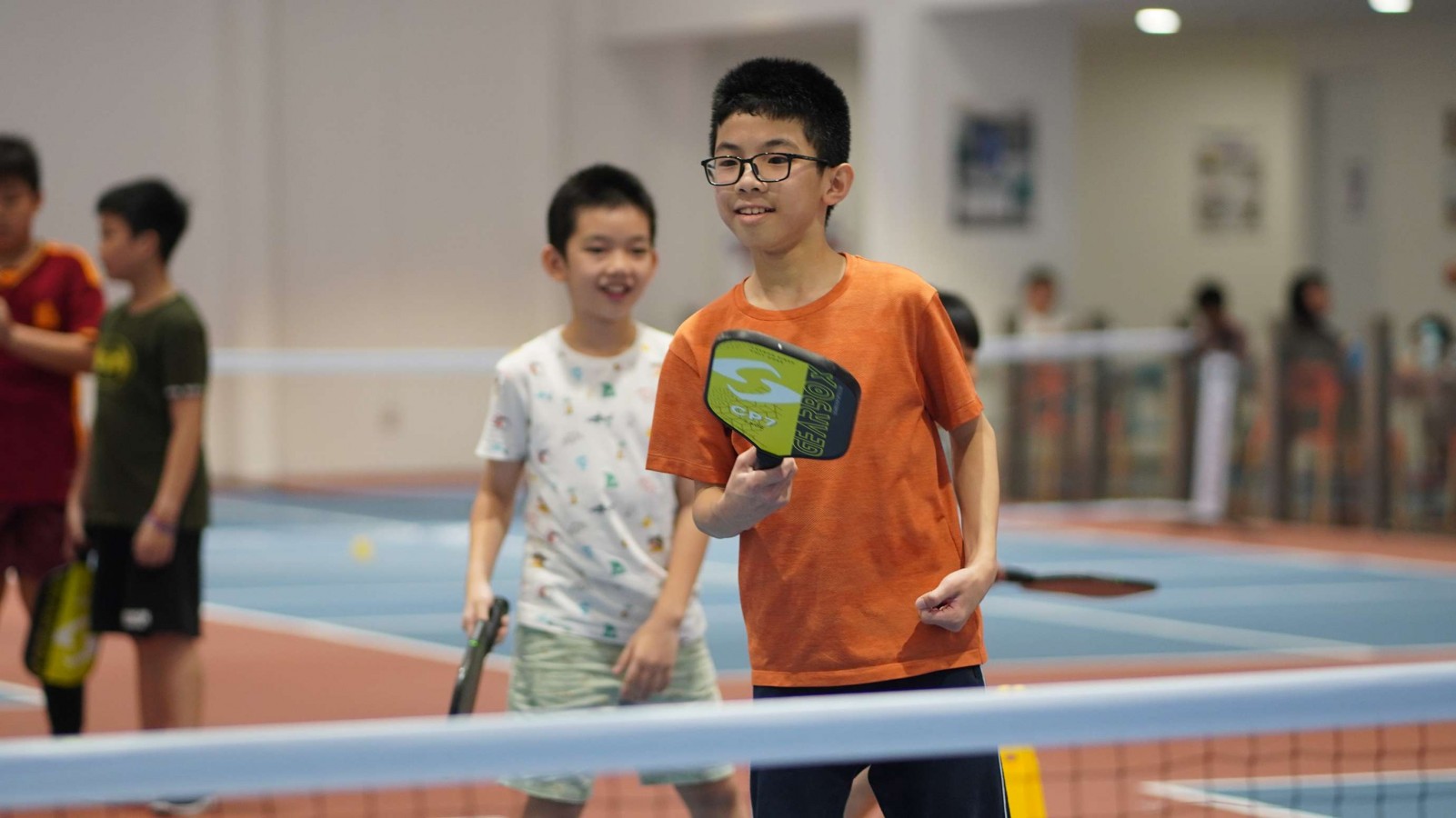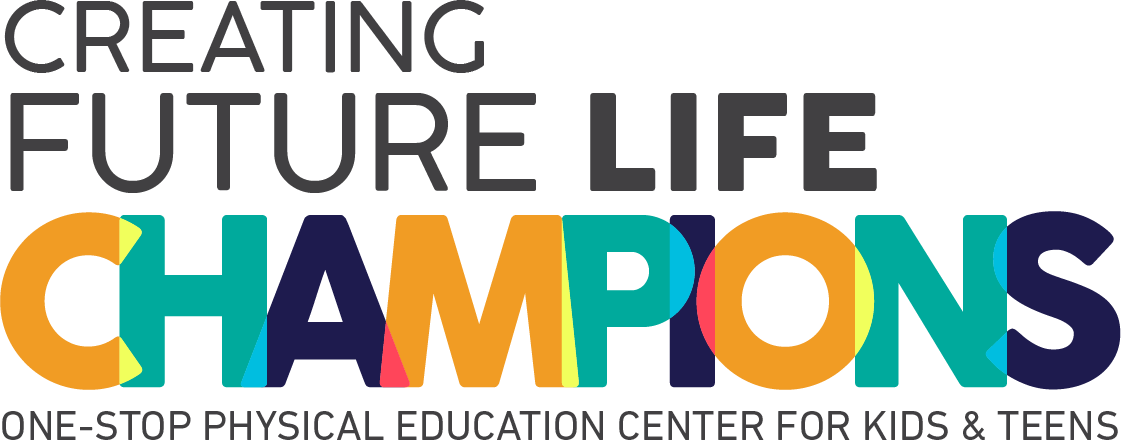Rhythm in Dance: Exploring Different Dance Styles and Their Rhythms

Have you ever caught yourself tapping your foot or nodding your head to the beat while watching someone dance? That’s what we usually call rhythm in dance! Rhythm connects the steps, sets the mood, and keeps everything in sync.
Understanding rhythm helps you move with more confidence and connection. In this article, we’ll explore what rhythm in dance really means, how it shows up in different dance styles, and how you can improve your timing to level up your performance. Let’s check it out!
What Is Rhythm in Dance?
Rhythm in dance is moving your body in sync with the beat of the music. It’s the pattern of movement matched with the music’s tempo, beats, and counts.
Dancers use rhythm to stay on time, express emotion, and tell a story. It’s not just about counting “1, 2, 3, 4,” but feeling the music in your body and letting it guide your movement.
Dance Styles and Their Unique Rhythms
Every dance style has its own special rhythm and feel. For example, Latin dances like Salsa and Cha-Cha are upbeat, full of fast footwork and energetic movements that match the lively music.
On the other hand, Ballet is more graceful and smooth, moving along with classical music, while Tap dance is all about making rhythms with your feet.
Hip-hop brings attitude and groove, often playing with different beats and syncopation, while Ballroom dances like Waltz or Tango follow strict tempos that make partner coordination super important.
No matter the style, rhythm in dance helps bring out the true character of the movement. Wanna level up your rhythm? Try these quick tips:
- Count the beats
It helps you stay in sync with the music and land your moves at the right time.
- Know your body
The more aware you are of how your body moves, the easier it is to match those movements to the rhythm.
- Listen closely
Let the music guide you. Try to match your energy to the vibe of the song, not just the beat.
Why Rhythm Matters in Choreography
Dance Choreography is basically putting dance moves together to match the music and rhythm is what keeps it all flowing smoothly. Without rhythm, even the coolest steps can look off.
That’s why choreographers build routines based on the beat, making sure each move hits the music just right. Sometimes dancers struggle with timing or tricky rhythms, but that’s totally normal!
The key is to practice small parts of the rhythm first, then slowly piece everything together. Using tools like a metronome or dancing to live music can also help sharpen your timing and keep you in sync.
Why Timing Matter
Timing is everything when it comes to dancing. It’s what makes the performance flow smoothly and connects you to the music and fellow dancers. Here’s why timing is so important:
1. Enhances Coordination
Staying on beat ensures that your movements match the music and sync with your dance partners, creating a unified performance.
2. Improves Musicality
Knowing the rhythm helps you express the music more creatively, adding layers of emotion to your movements.
3. Builds Confidence
When you’re in sync with the beat, you feel more confident and can focus on the artistry of your dance.
4. Essential for Partner Dancing
In partner dances, timing keeps both dancers moving together smoothly, avoiding awkward missteps.
Types of Beats in Dance
In dance, understanding the different types of beats is crucial to syncing movements with the music. Here’s a breakdown of the main types of beats you’ll encounter:
A. Tempo
This refers to the speed of the music, measured in beats per minute (BPM). A fast tempo means quick, sharp movements, while a slow tempo lets you stretch and flow through your actions.
B. Rhythm
This is the pattern of beats that make up the music. It includes the beats and the spaces between them (like pauses or rests). Rhythm is what keeps things interesting and adds energy to the dance.
C. Phrasing
Phrasing is how beats are grouped in measures of music. When you understand phrasing, you can anticipate shifts in the music, which helps you stay in sync with the rhythm and execute movements smoothly.
How to Improve Your Rhythm and Timing
Improving your rhythm and timing in dance is all about practice and getting your body in tune with the music. The more you practice, the more natural it will feel to stay on beat. Here are some helpful tips to get you there:
1. Clap and Count
Clapping along to the beat while counting aloud is a simple yet effective way to internalize the rhythm. It helps you to feel the timing and ensures you’re moving to the right parts of the music.
2. Marching to the Beat
Marching in place to the music is a great way to connect your body’s movements with the beat. It’s an easy way to practice timing without worrying about complex steps.
3. Partner Drills
Practicing with a partner is a fun way to improve your timing and rhythm. It forces you to stay in sync with both your partner and the music, enhancing your coordination.
4. Using a Metronome
A metronome provides a steady beat to practice with, helping you develop a strong, consistent sense of timing. It’s especially useful when learning more complex rhythms.
5. Dancing to Lyrics
Some songs have lyrics that follow a clear rhythm, making it easier to stay on time. Dancing to these lyrics can help you focus on both the beat and the movement, adding more flow to your performance.
Let The Music Guide Your Movements!
No matter what style you love, rhythm in dance is your best friend. It brings movement to life, helps tell a story, and makes every performance look polished and powerful. The good news? Rhythm can be learned and improved with practice!
Rockstar Academy’s dance program offers an exciting opportunity to refine your dance moves with a certified curriculum. Whether you're just starting or looking to enhance your skills, the classes cater to all levels, helping you build confidence and master different styles of dance.
You'll get the chance to showcase your progress in the upcoming events and competitions such as Dance Recital, RockOlympics and Elite Championships, where you can perform alongside other talented dancers. With expert instructors guiding you every step of the way, you’ll gain valuable techniques while having fun in a supportive environment.
Rockstar Academy’s Dance Program also offers Private Instructions for students who want to improve faster and shine even brighter on stage. In these personalized sessions, students get the chance to focus on their technique, refine choreography, and receive direct feedback from our experienced instructors.
Don’t miss out on our free trial class and discover your potential at the Sports & Performing Arts Academy!
FAQ
What does rhythm mean in dance?
Rhythm in dance refers to the pattern of beats in music and how dancers synchronize their movements to match those beats.
What is rhythmic movement in dance?
Rhythmic movement in dance is when a dancer’s movements are performed in time with the music's rhythm, creating a flow and connection between body and beats.



